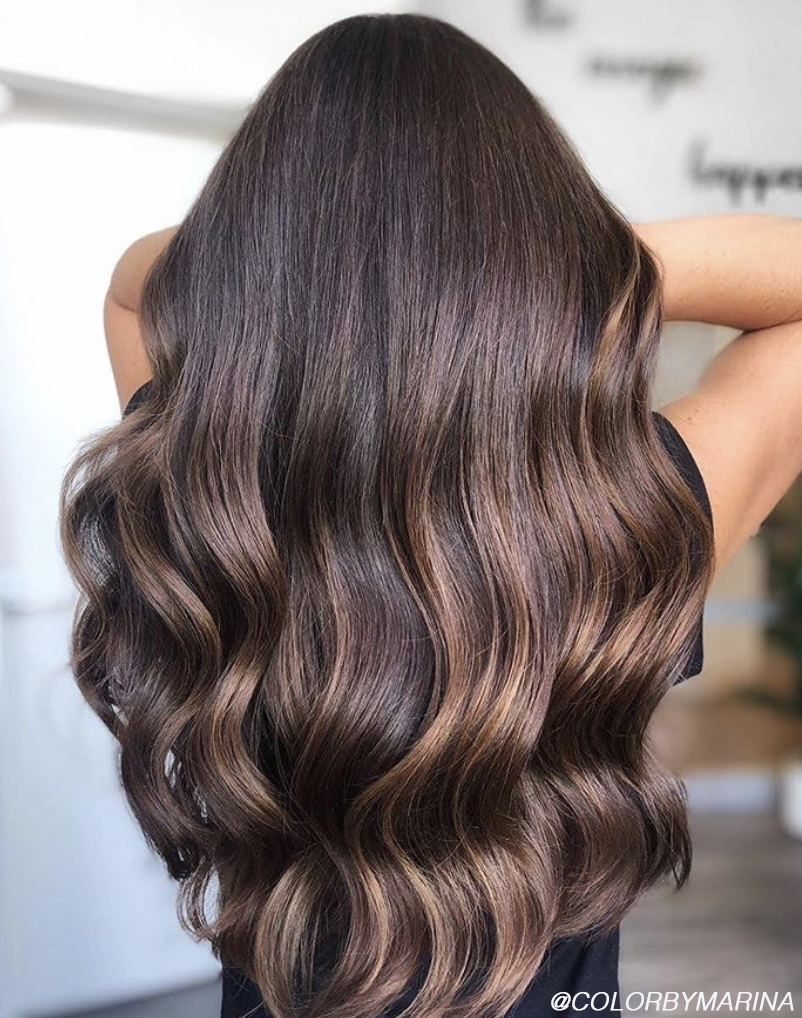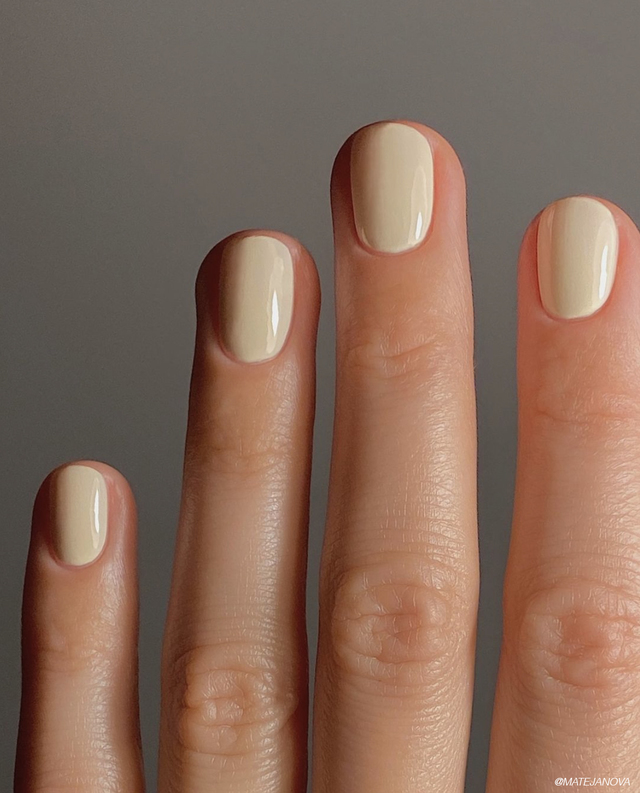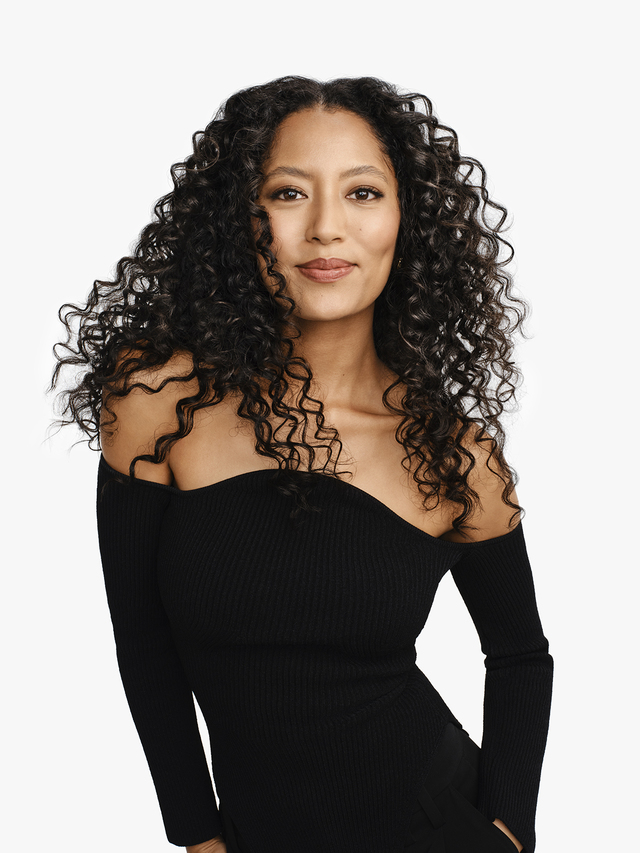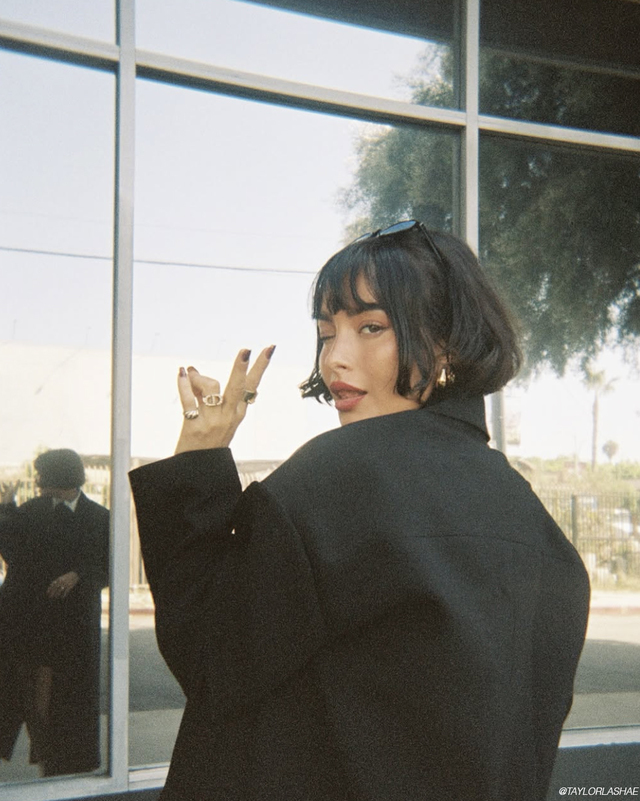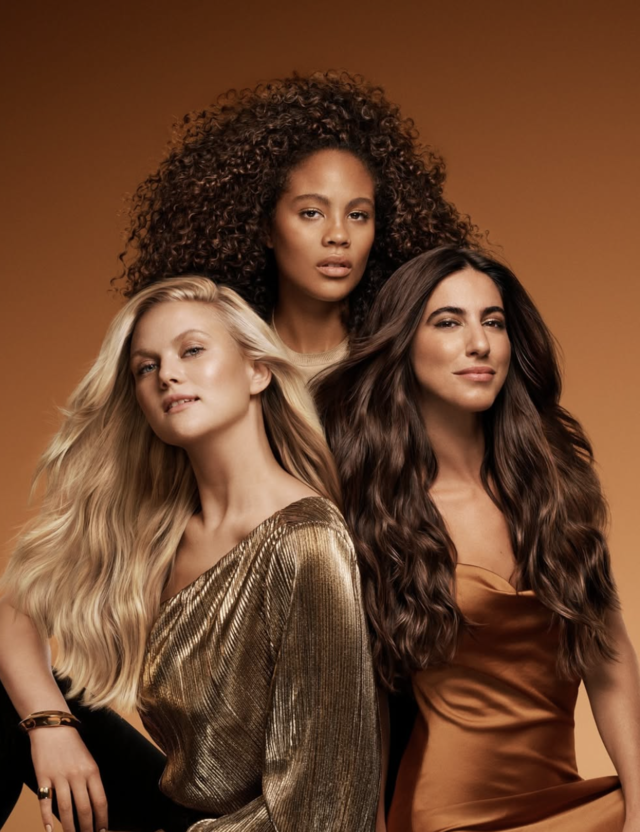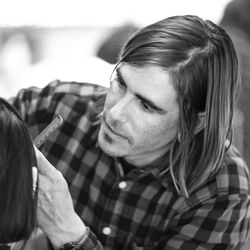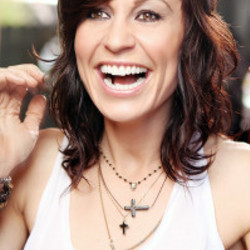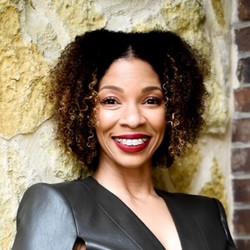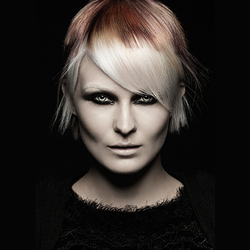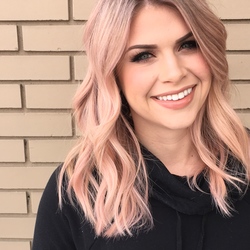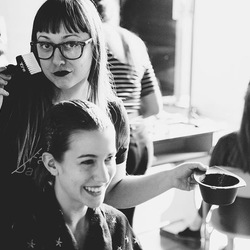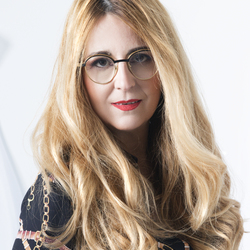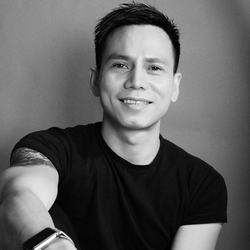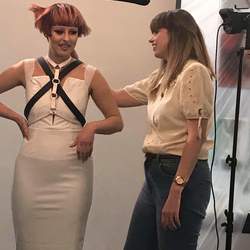When it comes to creating beautiful end results, colorists know that it is a blend between color formulation and placement. Not only do you need to understand the chemistry behind the process and how to formulate for your clients specific hair type but having and understanding of their texture and finished style will dictate the placement. When it comes to color placement there are 3 lines to be aware of: horizontal, vertical, and diagonal. Learning to understand each how to blend them, and their own unique effect will help you create the optimal result your client is looking for. Understanding the basics of these theories allows for much more creativity behind the chair and the ultimate bespoke highlights for your clients.
Sectioning & Stitching
Keeping clean sections is the first place to start when organizing your design. Once these are decided upon, you’ll want to decide on your stitching size and depth and remain consistent throughout. Stitching is the term colorists use to describe the weaving motion used to pick up pieces of hair within a section - this is also known as the “in and out” motion. The depth refers to the space between foils, which alongside the color your choose will impact the overall effect of the color. As a rule of thumb, the farther apart your foils are, the more contrast you will achieve.
Main Types of Stitches
- Micro - The smallest of stitches these are described by smaller sections and weaving that is very close together. This allows for the least amount of contrast and the most about of blending.
- Standard/regular - This stitch is slightly bigger with very consistent up and down motions to create balance and contrast.
- Slice-Skip-Slice - This is a much larger stitch that can be characterized by having a smoother up and down motion. This will result in a bolder impact and a great deal of contast.
- Slice - Picking up a slick is the process of sectioning out a solid section of hair. This allows for ultimate contrast when looking to create a high impact effect.
- Triangle - We see a lot of triangle sections in balayage, however, these can also be used for foil applications. Triangle stitches can either point up or point down and will change the color results accordingly.
Placement
Vertical Placement:
Used to reduce visual weight while creating a stronger visual result, vertical placement is used when you want to draw the eye up and down. We normally see this in mohawk sectioning around the top and crown, but this can also be used throughout the head.
Horizontal Placement:
To create a more impactful finish, horizontal placement creates a much more solid appearance of color.
Diagonal:
If you are looking to blend and soften while enhancing movement, diagonal placements are great.
Diagonal forward
Commonly used around the face to create a face-framing effect, using a diagonal forward will draw the eye forward and works great when clients have haircuts like the shag or face-framing layers to draw attention accordingly.
Diagonal back
Using this technique will draw the eye away from the face if you are looking to open up your client's overall look.
No matter the finished result your client is looking for, having an understanding of these foundations can help you easily and effortlessly make their dreams a reality. For even more education about color formulations and placement be sure to check out redkensalon.com and the new lorealaccess.com!
